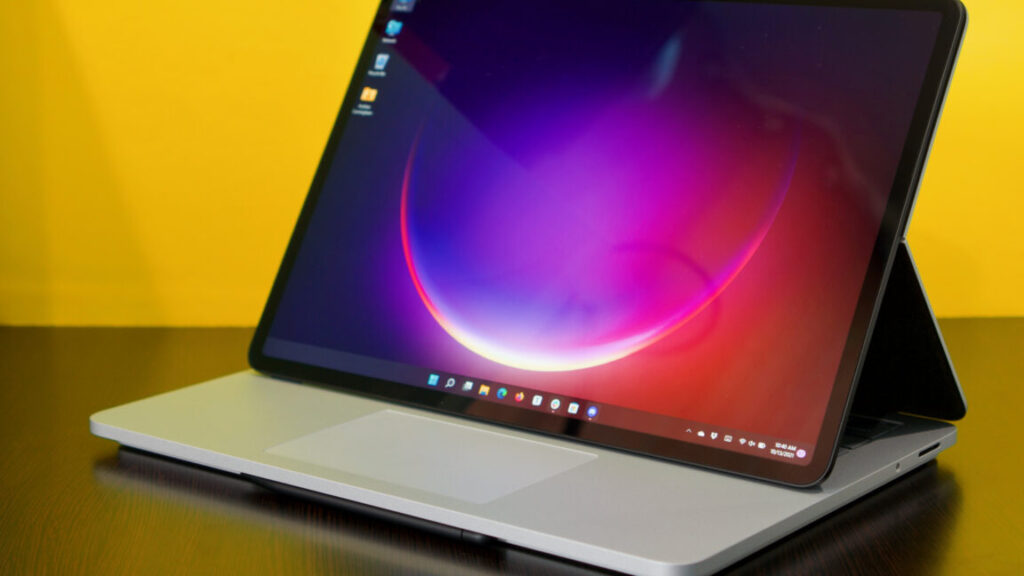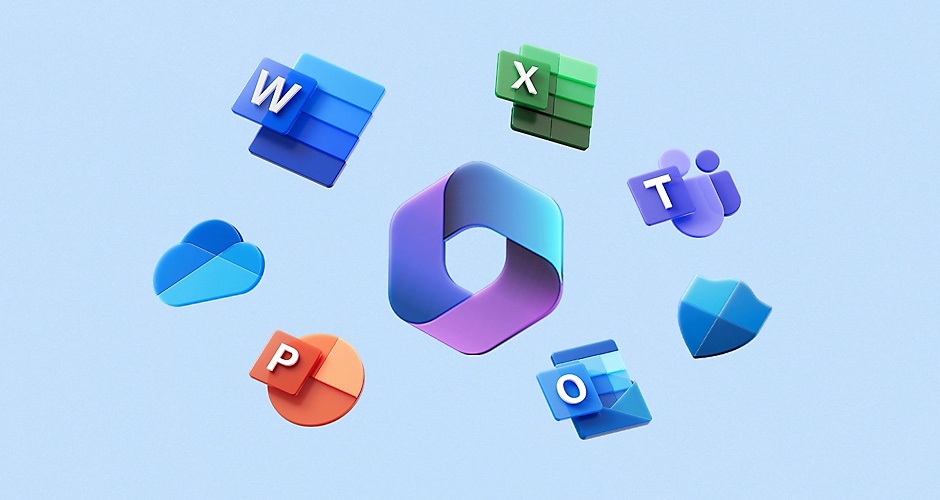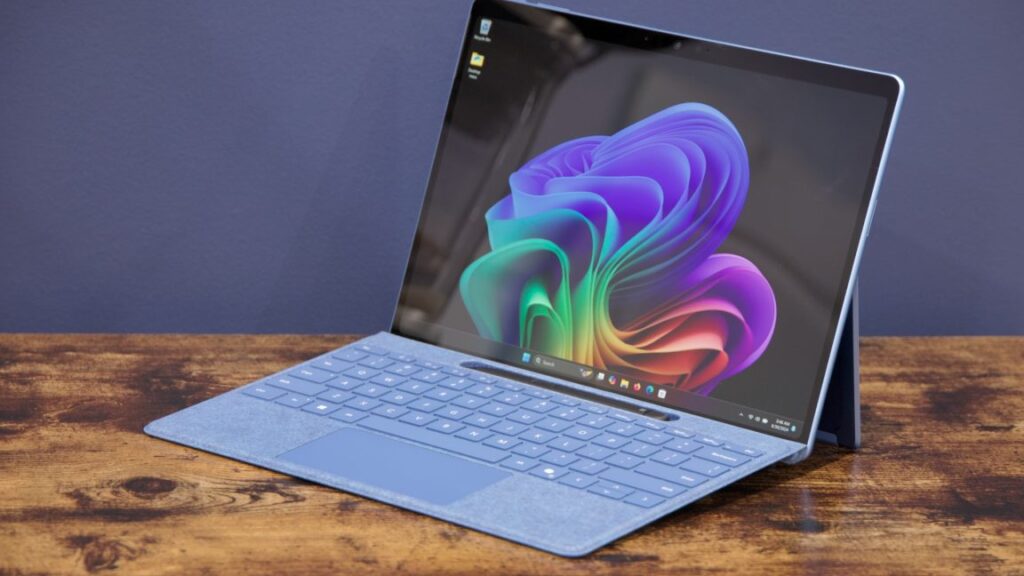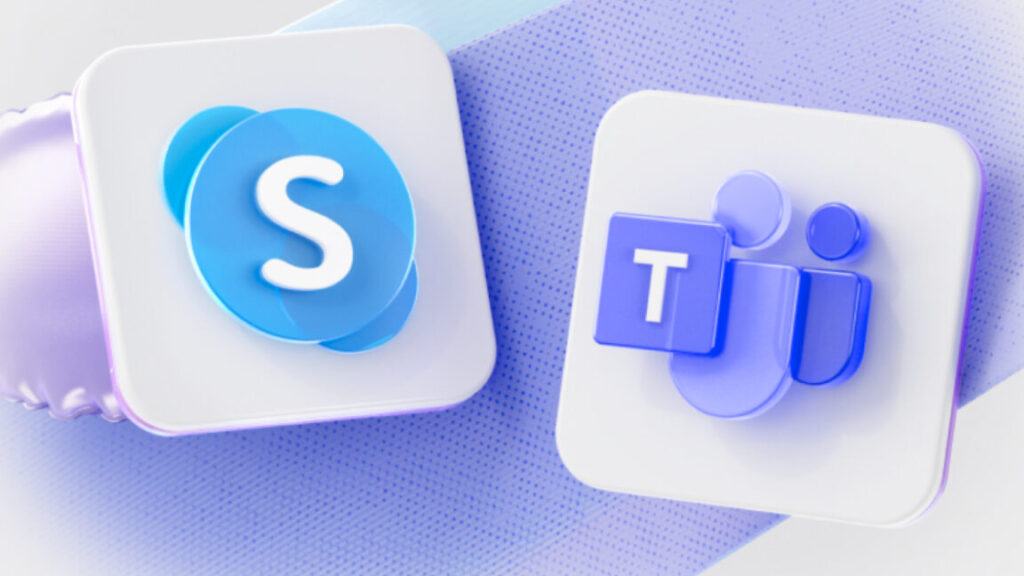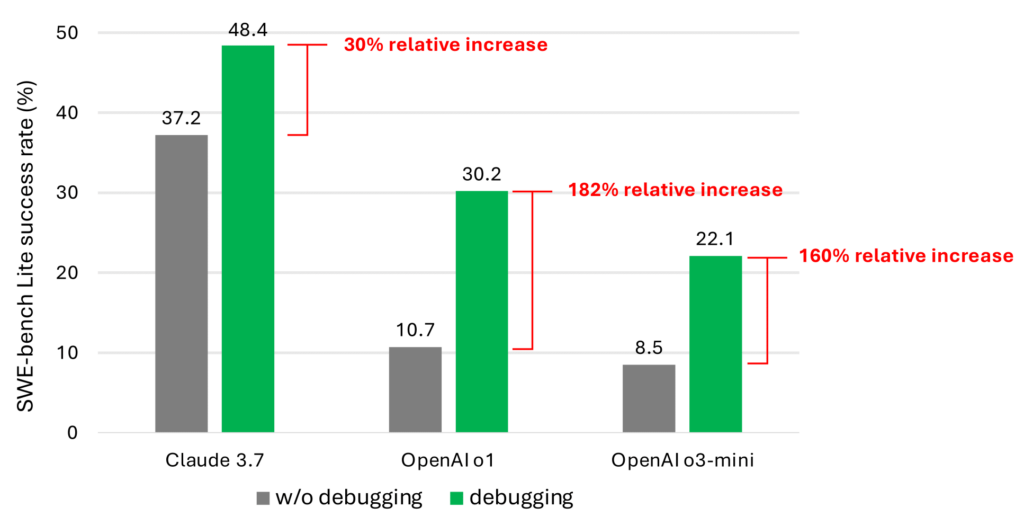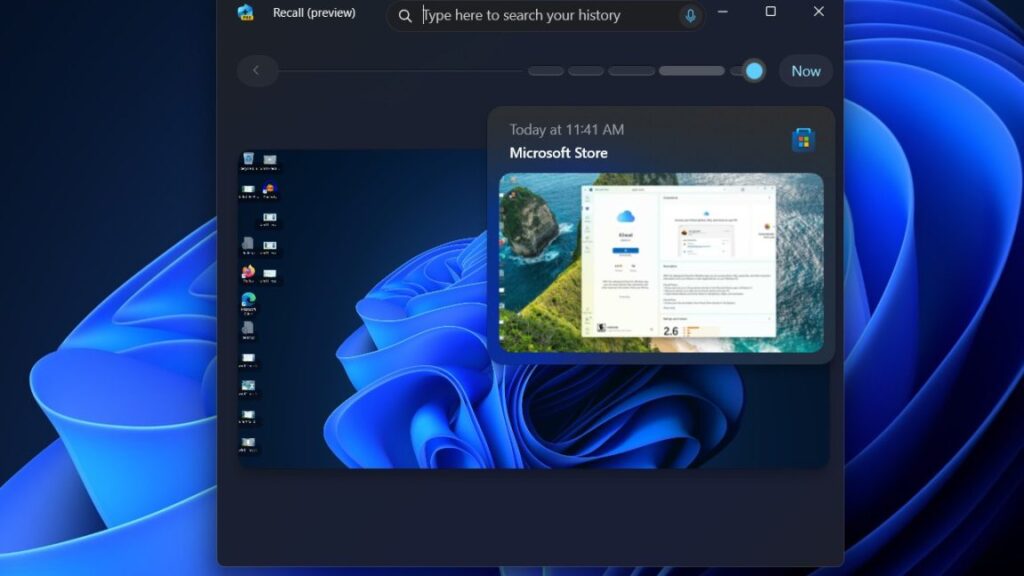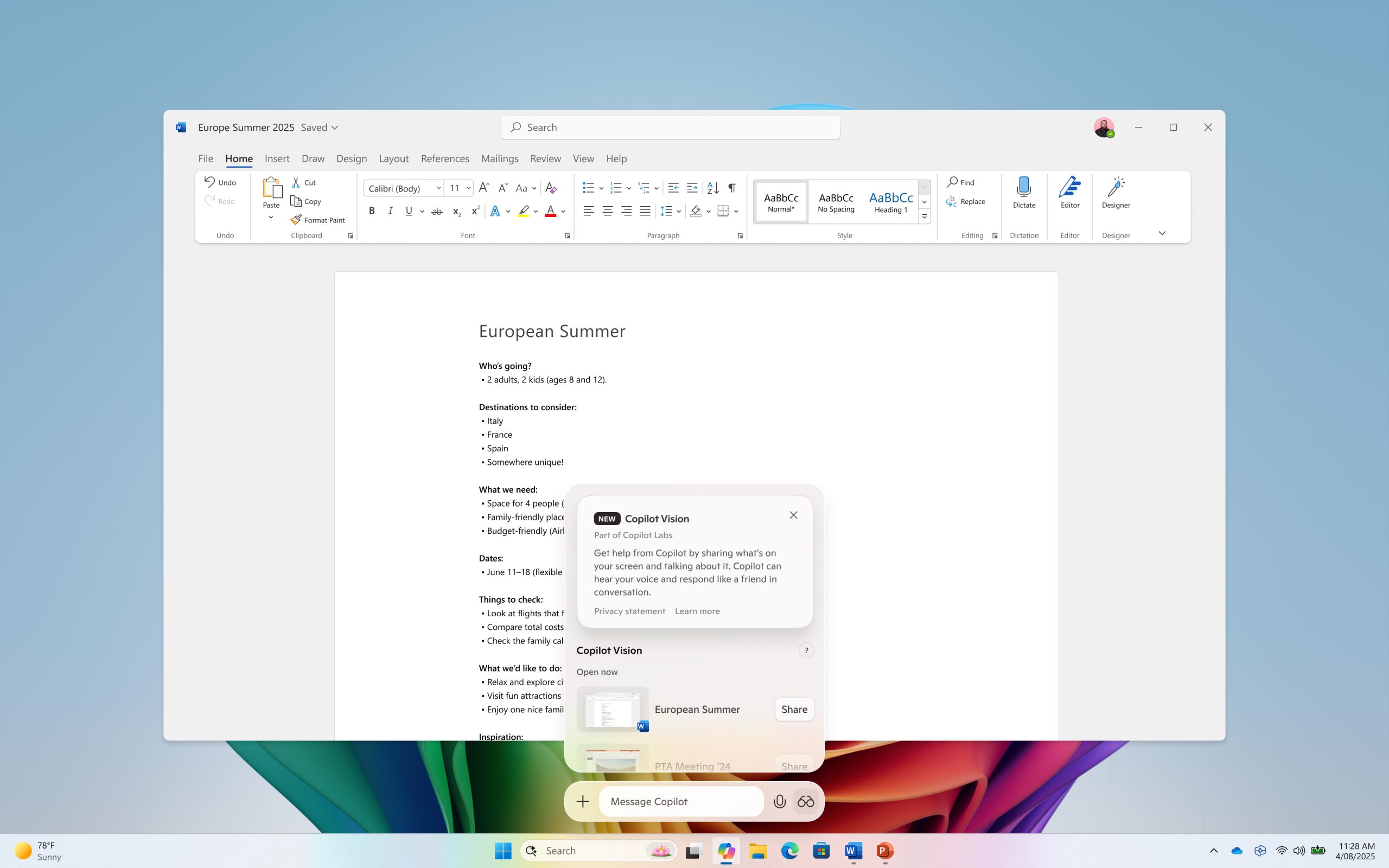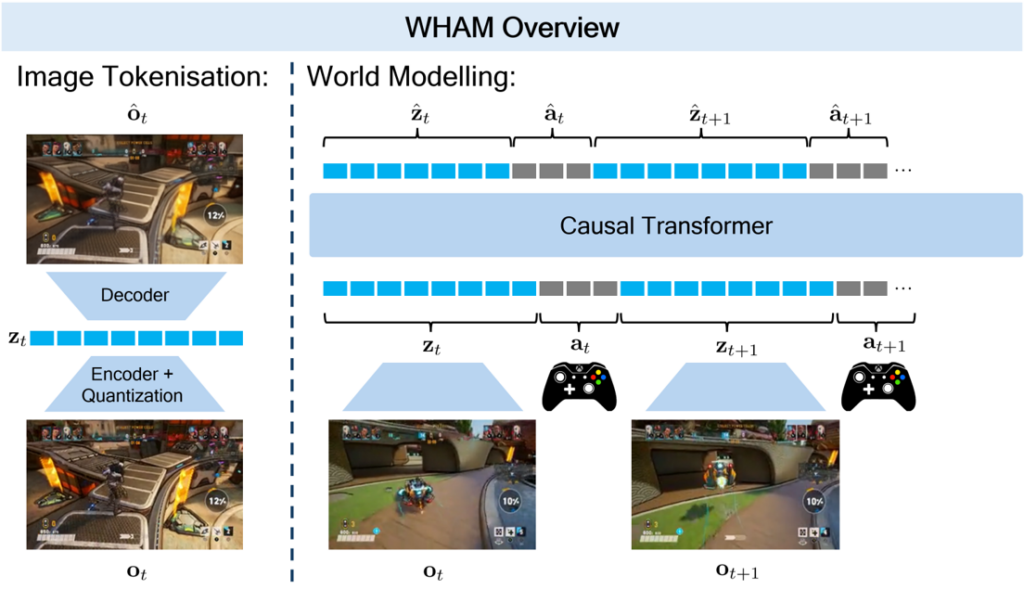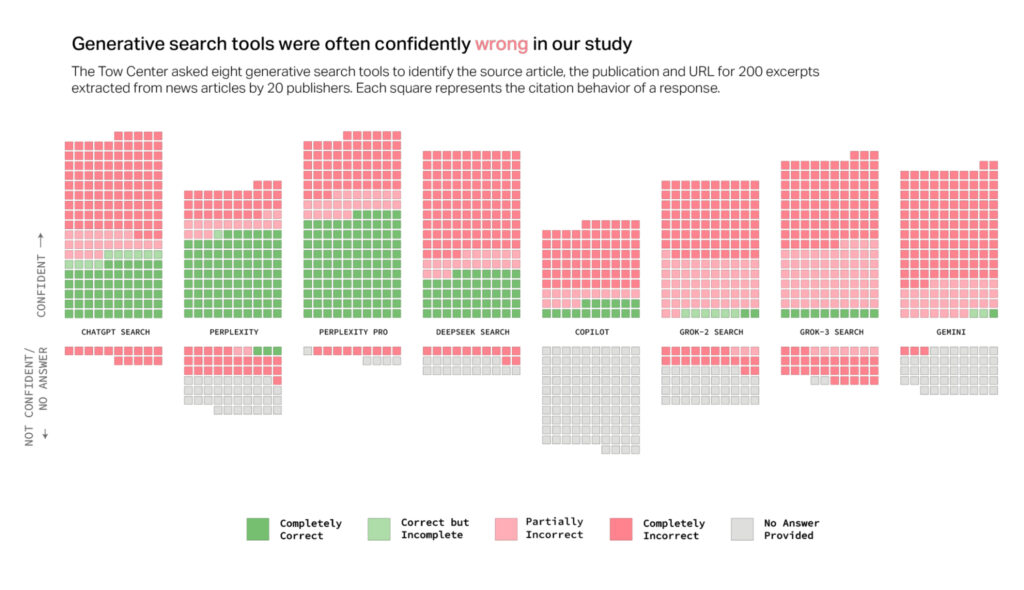Windows 11’s most important new feature is post-quantum cryptography. Here’s why.
Microsoft is updating Windows 11 with a set of new encryption algorithms that can withstand future attacks from quantum computers in a move aimed at jump-starting what’s likely to be the most formidable and important technology transition in modern history.
Computers that are based on the physics of quantum mechanics don’t yet exist outside of sophisticated labs, but it’s well-established science that they eventually will. Instead of processing data in the binary state of zeros and ones, quantum computers run on qubits, which encompass myriad states all at once. This new capability promises to bring about new discoveries of unprecedented scale in a host of fields, including metallurgy, chemistry, drug discovery, and financial modeling.
Averting the cryptopocalypse
One of the most disruptive changes quantum computing will bring is the breaking of some of the most common forms of encryption, specifically, the RSA cryptosystem and those based on elliptic curves. These systems are the workhorses that banks, governments, and online services around the world have relied on for more than four decades to keep their most sensitive data confidential. RSA and elliptic curve encryption keys securing web connections would require millions of years to be cracked using today’s computers. A quantum computer could crack the same keys in a matter of hours or minutes.
At Microsoft’s BUILD 2025 conference on Monday, the company announced the availability of quantum-resistant algorithms to SymCrypt, the core cryptographic code library in Windows. The updated library is available in Build 27852 and higher versions of Windows 11. Additionally, Microsoft has updated SymCrypt-OpenSSL, its open source project that allows the widely used OpenSSL library to use SymCrypt for cryptographic operations.
Windows 11’s most important new feature is post-quantum cryptography. Here’s why. Read More »

